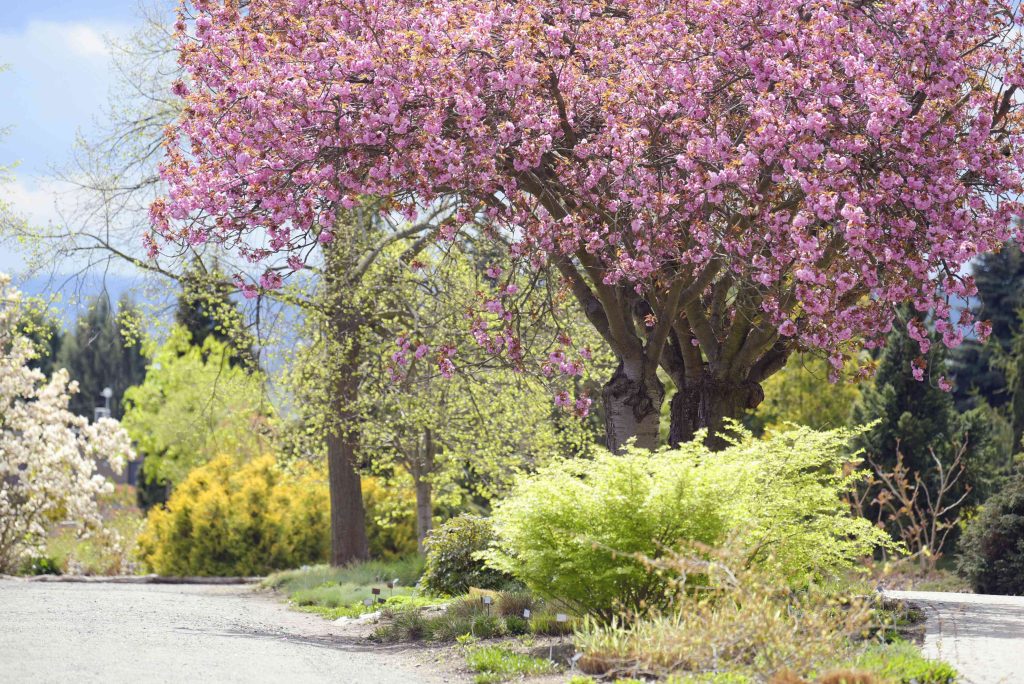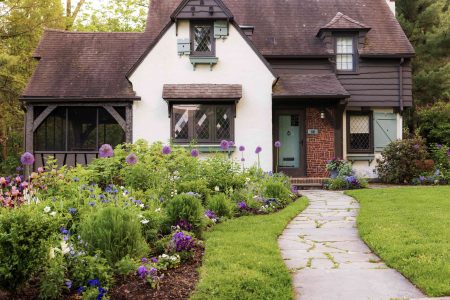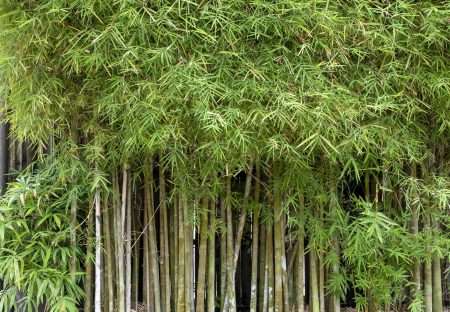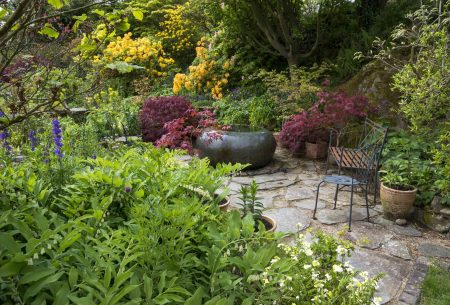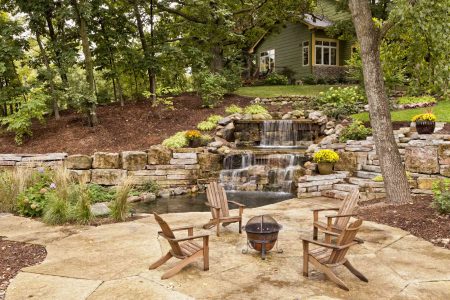Specimen trees are an integral part of any landscape design. They can be dramatic or subtle, large or small, ornamental or plain, tall or rounded. They’re usually planted alone, as opposed to in groups or rows, to add visual interest or seasonal splendor (say, flowering cherry blossoms to cut for spring decor, or a Japanese maple for autumn color). Depending on your location, space, needs and preferences, there’s an infinite variety of specimen trees to choose from.
What is a Specimen Tree?
A specimen tree is a tree chosen as a point of focus in a landscape. It usually has an unusual shape, texture, color or other feature that distinguishes it from other trees and shrubs in your landscape.
Why Should I Plant a Specimen Tree?
Gardeners and plant lovers are pretty predictable in some ways: we love natural beauty in many forms, and find beauty in humble things, like the simple change of the seasons. Is anything more beautiful than a tree covered with pink blossoms in springtime, a majestic oak with huge brown leaves in early winter when other trees have bare branches, or a lush evergreen in a snowy landscape? A specimen tree chosen for its seasonal drama can give us pleasure but also hope as the seasons change: the redbud tree that seems frail and spindly in winter will be covered in lavender flowers in early spring.
Some specimen trees might have unusual textures in their bark or foliage, dramatic foliage colors, or striking shapes to their branches (like a corkscrew willow). Flowering trees can provide food for pollinators, crucial in these times of climate change. They can also provide food for birds, wildlife, or people. Finally, specimen trees can have practical uses in the landscape: like a fragrant canopy of flowers in spring perfect for outdoor gatherings, or a source of cooling shade in late summer.
The Impact of Specimen Trees
Your specimen tree will not just impact the aesthetic of your yard. It may also affect wildlife. Find out whether the tree you’ve chosen is susceptible to any diseases or pests. Choosing the right location for planting is important because the root system can affect many things, including your house foundation, sidewalks, a septic system or your water table. Consult with an arborist and do your due diligence to make sure you know how the tree will affect your property over time.
Considerations for Choosing a Specimen Tree
There’s some important questions to ask when choosing a specimen tree, beyond whether its hardiness zone or sunlight needs are suitable to your yard. A tree is in investment in the future, and you want to make sure you choose wisely.
Rate of Growth
Some trees grow faster than others. Japanese maples are very slow-growing, for example. Some fast-growing trees sacrifice strength of structure over time (weeping willows). Consider whether this tree will be a good fit for years to come. Some trees live hundreds of years. There’s an old Greek proverb that says “A society grows great when old men plant trees in whose shade they shall never sit.”
Size
Will the tree be too big for your yard, or grow too tall for easy maintenance? Some trees can grow over a hundred feet tall; but even a 30 foot tree presents challenges for pruning. Also check out the tree’s mature spread or canopy to determine how close you can plant to your house or other structures (including power lines).
Shape
Consider the tree’s shape: will the branches form a vase shape? Will they grow gracefully without needing too much pruning? Is the shape of your specimen tree a nice contrast to your other existing trees and shrubs? Do some research before you buy.
Weather
The tree you choose should be suitable for your growing zone. Also consider any extremes of weather normal for your area. Are there high winds in winter? Frequent thunderstorms in summer? Doing a bit of research allows you to choose a tree that will be hardy and healthy in your location.
Fruit or Nut Trees
Be warned that some fruit and nut trees produce a fair amount of litter (fallen fruits, nutshells, etc.) and if you’re not used to that it will have an impact in your maintenance plan. This litter might attract wildlife (deer love fallen apples!), and rotting fruits may attract insects, so be prepared for that. If you’re thinking of planting a fruit or nut tree as a specimen tree, be sure to choose self-pollinating varieties, otherwise you need to plant more than one.
Color
A specimen tree can be an excellent way to add some intriguing color to your landscape. Some deciduous trees turn dramatic colors in autumn, and some have unusual colors (like purple) in three seasons. Some evergreens sport dramatic color contrasts when new growth appears. Some specimen trees have a daunting number of cultivars featuring a diverse palette of colors. Consider when your specimen tree will be blooming: do you want the bright magenta blossoms of a crab apple bursting forth at the same time your purple lilacs are peaking in May? Maybe you’d rather have a color explosion later in the season? You can plan for maximum impact of bloom time to enhance the rest of your garden.
Texture
Many parts of a tree have texture: leaves, bark, fruits. Texture affects how a tree reflects sunlight; for example, holly has very glossy leaves, as do azaleas. Some oaks have very shiny leaves, while some have a more matte surface. Texture is also determined by the shapes of leaves: small leaves clumped together on a branch will look very different from trees with very large flat leaves (like catalpa or redbud); larger leaves provide better shade. Among evergreens there’s an astounding variety of texture, especially in junipers and firs. Textured bark is also attractive: consider shagbark hickory (which also produces delicious nuts), river birch, or sycamore.
Read the full article here







